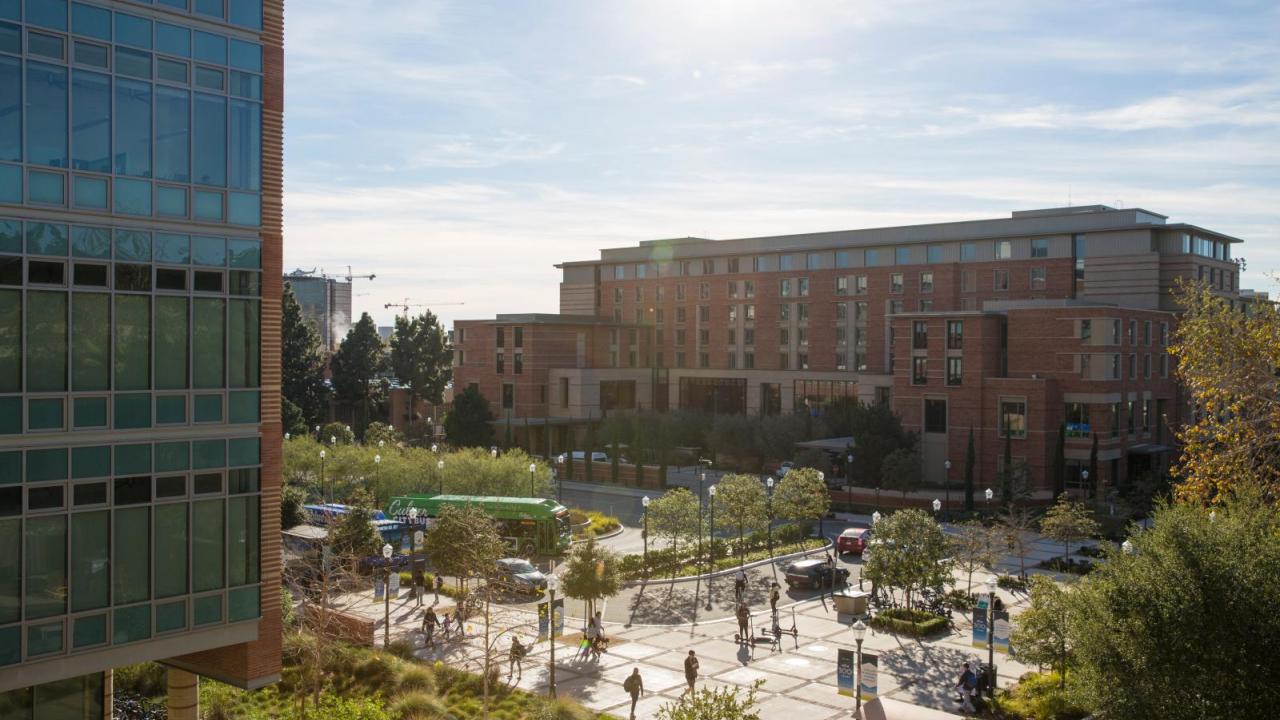In its annual State of the Commute report for 2021, UCLA Transportation published data indicating a growing trend among Bruin commuters – the use of hybrid and telework schedules and its positive impact on UCLA commuters and the overall campus environment.
UCLA commuters were already making great strides in selecting sustainable transportation options prior to the COVID-19 pandemic. In 2019, UCLA reached its lowest commuter drive-alone rate on record, with two-thirds of students and employees choosing to take public transit, carpool, bicycle, or walk instead of driving alone to campus, thanks to an abundance of subsidized transportation programs offered by the university.
A further reduction in the drive-alone rate seemed unattainable but the COVID-19-induced campus closure only increased that progress with the university embracing a new sustainable commute choice with telework and hybrid schedules.
During the first 18 months of the 2020-2021 closure, the telework rate among UCLA employees surged from 3.2% to 79%. By the fall quarter 2021 campus reopening, it dropped below 50% with most remote employees shifting to a hybrid schedule, splitting time between working remotely and coming to campus.
Instead of choosing between a parking permit or using sustainable transportation exclusively, commuters can now blend the modes that work best for them by combining telework, driving, carpools, transit rides and more. Before the pandemic, just over 4,000 Bruins were considered multimodal commuters. In 2021, that number increased to 14,000. And research suggests that those who have a commute choice wind up driving less. At UCLA, these commuters drive 70% less than their long-term permit holding peers.
Even as the campus reopened to in-person instruction in the fall of 2021, UCLA boasted its lowest drive-alone rate ever at just 28%. This also means greenhouse gas emission levels at UCLA remain at historically low levels, supporting a cleaner, healthier campus and surrounding community.
This story and more can be found in the 2021 State of the Commute report which is now 100% digital. The new online version provides improved data visualizations and more current information, as well as enhances the university’s ongoing sustainability efforts.






